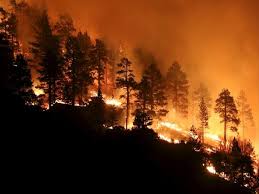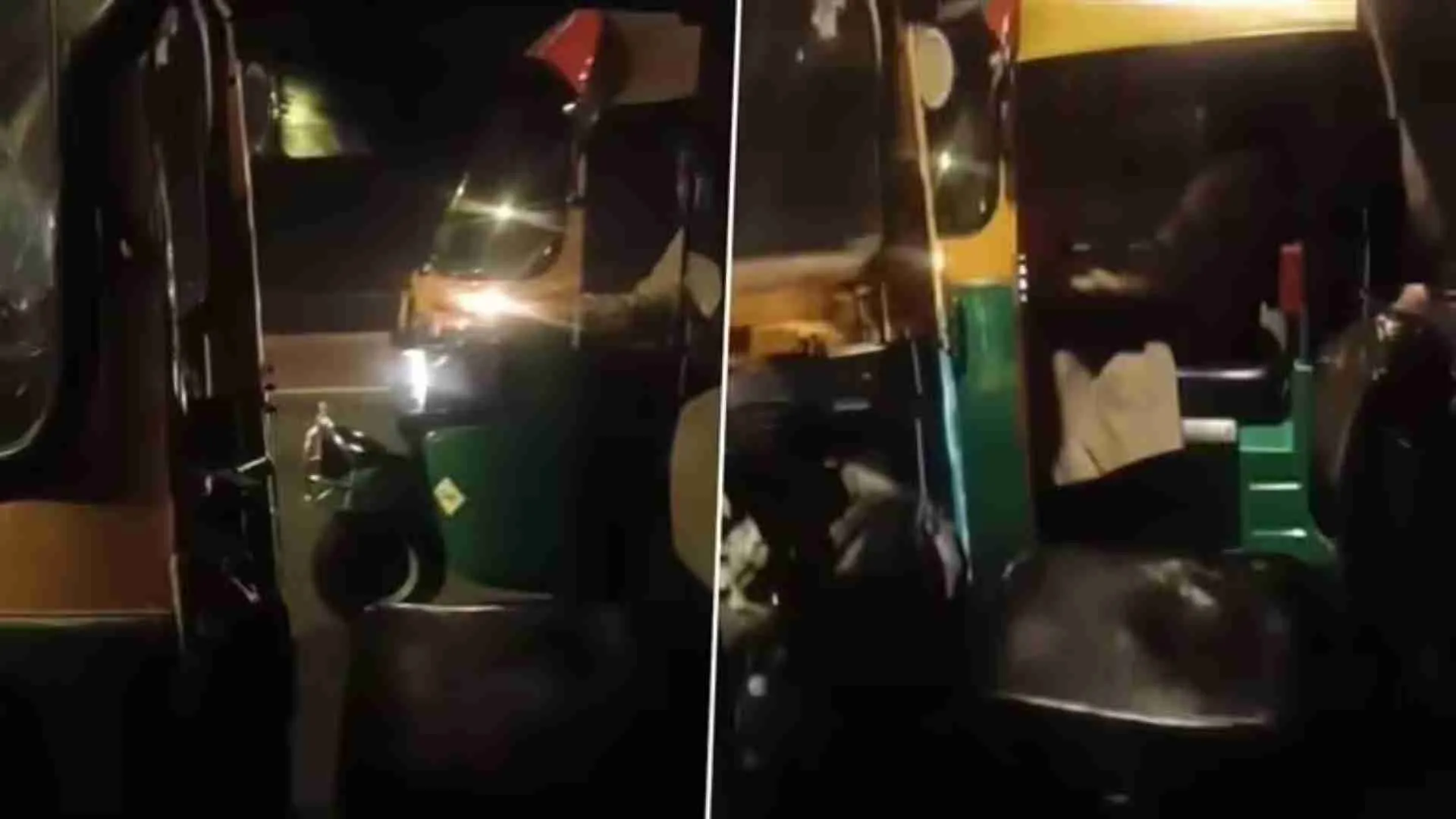Melted remains of an old car tire. Heavily burned trees. A charred stump of an abandoned utility pole. Investigators are examining these and other pieces of evidence as they seek to solve the mystery of last month’s deadly Maui wildfire: How did a small, wind-whipped fire sparked by downed power lines and declared extinguished flare up again hours later into a devastating inferno?
The answer may lie in an overgrown gully beneath Hawaiian Electric Co. power lines and something that harboured smoldering embers from the initial fire before rekindling in high winds into a wall of flame that quickly overtook the town of Lahaina, destroying thousands of structures and killing at least 97 people. But as investigators sift through blackened debris to explain the deadliest US wildfire in more than a century, one fact has become clear: Hawaiian Electric’s right-of-way was untrimmed and unkempt for years, despite being in an area classified as being at high risk for wildfires.
Aerial and satellite imagery reviewed by The Associated Press show the gully has long been choked with thick grass, shrubs, small trees and trash, which a severe summer drought turned into tinder-dry fuel for fires. Photos taken after the blaze show charred foliage in the utility’s right-of-way still more than 10 feet high.
“It was not manicured at all,” said Lahaina resident Gemsley Balagso, who has lived next to the gully for 20 years and never saw it mowed. He watched and took video August 8 after the flames reignited there and were stoked by winds from a hurricane churning offshore.
“The winds were blowing 90 miles an hour (145 kmh) downhill,” Balagso told the AP. “From the time of reignition or rekindling to the time it passed my house, it was less than a minute.”
Though findings of a cause are not expected for months, the focus on Hawaiian Electric’s role in managing brush in its right-of-way could strengthen claims of negligence against the utility, which is facing an onslaught of lawsuits blaming it for failing to proactively cut electricity in the face of high-wind warnings, upgrade its power poles and clear foliage from around its lines.
Hawaiian Electric has acknowledged its downed lines caused the initial fire but has argued in court filings it couldn’t be responsible for the later flare-up because its lines had been turned off for hours by the time the fire reignited and spread through the town. The utility instead sought to shift the blame to Maui County fire officials for what it believes was their premature, false claim that they had extinguished the first fire. The county denies firefighters were negligent.
Since taking that position in late August, Hawaiian Electric’s besieged stock has rebounded by over a third as investors bet the company will survive a legal fight over liability for the disaster estimated to have caused USD 5.5 billion in damage. Asked about the overgrown gully, Hawaiian Electric said in a statement to AP that the right-of-way allows it to “remove anything that interferes with our lines and could potentially cause an outage” but does not allow it to ”go on to private property to perform landscaping or grass-mowing”.

















